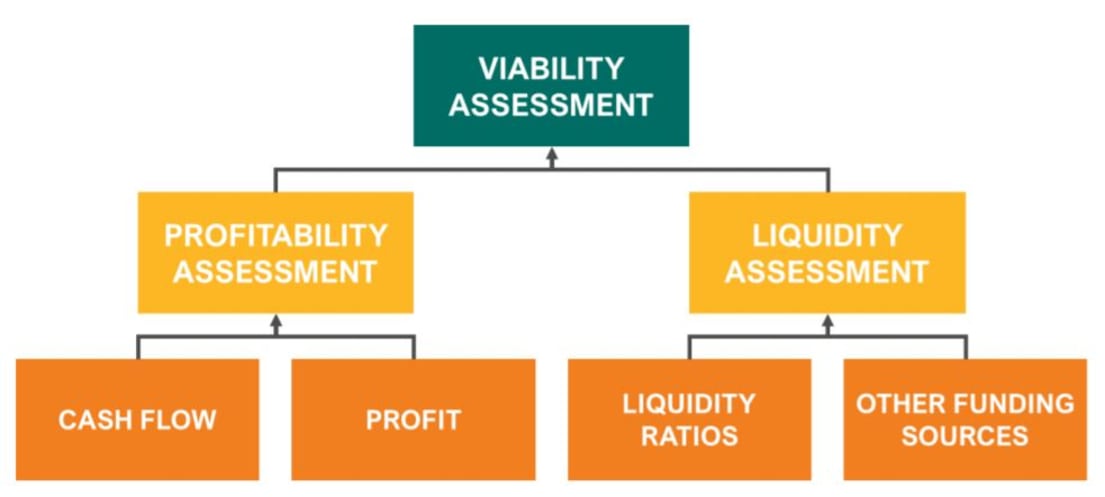Two weeks ago, the Royal Commission released an independent report that suggested the aged care sector is profitable and lacking transparency – now the advisory firm has issued a rejoinder that points out serious concerns with the measures and accounting treatments.
The report by professional services BDO had seen headlines like “Little Transparency as Nursing Home Companies Rake in the Profits” splashed across the media.
The findings in the report – which relied on 2017-18 data to conclude that 74% of aged care providers were profitable and 53% were viable – go against other reports by both the Federal Government through the Aged Care Financing Authority (ACFA) and StewartBrown which have both warned that the sector is no longer viable.
Ansell says in addition to the outdated information, the research paper uses use earnings before interest, tax, depreciation and amortisation (EBITDA) to measure profitability.
The firm argues the correct measure of profitability is Accounting Profit (Net Profit before Tax).
“Had the correct measure been used, 45% of RAC providers would have been identified as making a loss,” Ansell states. “This reconciles more closely to the ACFA report, which reported in that 42% of providers were making a loss in the year ended 30 June 2019. StewartBrown places that number at 60% of providers in the 2020 financial year.”
The Royal Commission paper also evaluated the sector’s viability by reclassifying 80% of Refundable Accommodation Deposits (RADs) as non-current liabilities to work out providers’ balance sheet strength.
“Based on the average resident length of stay, the RAD proportion allocated to non-current liabilities under this methodology should have been 60% and therefore only 43% of providers would have been deemed “viable” (disregarding the incorrect adoption of EBITDA for the profitability/serviceability test),” Ansell says.
Ansell adds that the Royal Commission research implied that related party transactions were not transparent – and this made it harder to assess profitability and viability.
They point out that providers are already required to make audited annual financial statements to the Government – and the majority don’t have complex corporate structures.
“Further analysis found that the level of “related party management fees” is immaterial (around 2% of expenditure) and even less for related party rent,” they write.
The question is: will the Commissioners accept that their researchers can get it wrong?










